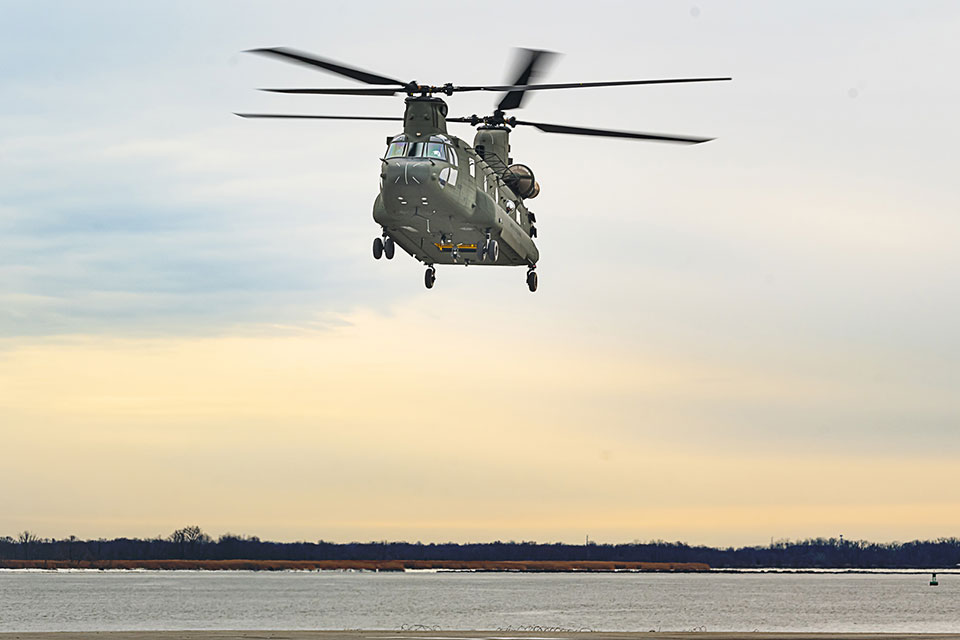Chinook Evolution: Pioneering Autonomy for the Future of Heavy-Lift Operations
Since the Chinook’s inception, Boeing has continuously added critical capability to the aircraft so it remains ready and relevant on the battlefield. The most recent example is the CH-47F Block II, a configuration that enables increased lift and improved range at nearly all payloads.
As militaries across the globe continue to focus on modernization efforts to excel in the future fight, Boeing has been working to enable elements of supervised autonomy on Block II aircraft.
Why does it matter?
The Chinook is slated to fly into 2060 and beyond. Currently, no other aircraft in operation for the U.S. Army or global allies can accomplish the critical heavy-lift missions that the Chinook is capable of handling. Moving troops and equipment will remain vital in threat environments and Boeing continues to invest in autonomous capability for the Chinook, which benefits the warfighter in the following ways:
- Reduced pilot workload, enhanced safety and diminished mishap rate
- Improved mission effectiveness
- Lower maintenance and training costs
Foundational building blocks
Over the lifetime of the Chinook, Boeing has added augmentation, automation and layers of autonomy to the platform. The Digital Automatic Flight Control System (DAFCS) is currently operational and offers auto-pilot features, allowing the pilot to program a specific flight path.
The path to the future
Building on DAFCS, Boeing has also been developing and testing its Active Parallel Actuator Subsystem (APAS). This system helps reduce pilot workload, increase safety, and adds more layers of autonomy by:
- Providing Army pilots more flexibility in highly dynamic or changing conditions
- Incorporating functionality similar to lane assist in a motor vehicle, cueing pilots to avoid exceeding aircraft limits while allowing dynamic maneuvering at the edge of the flight envelope
- Adding capability that enables the aircraft to operate in certain scenarios without pilot assistance
The bottom line
Autonomy is a key part of Chinook Modernization, and Boeing plans to closely collaborate with customers and industry partners to continue incorporating new capabilities onto the aircraft. The ultimate goal for Chinook autonomy is to enhance the warfighter’s mission-effectiveness and safety with optimal teaming of humans and machines.
